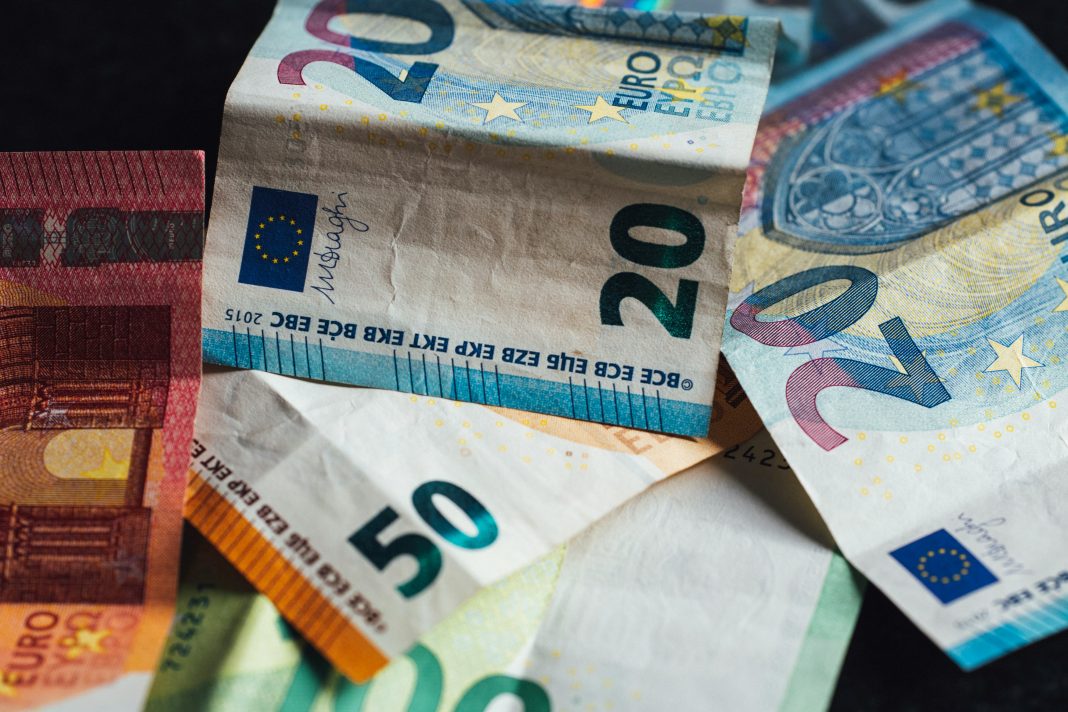The digital euro marks a new phase in Europe’s payment landscape. Since the COVID-19 pandemic, cash usage has steadily declined, paving the way for this innovative currency, issued directly by the European Central Bank (ECB).
Key Takeaways:
The digital euro, issued by the ECB, will serve as a secure and modern alternative to cash, suitable for daily transactions across the eurozone.
This new currency enables instant payments via smartphones, eliminating the need for bank cards or payment platforms, facilitating fast and low-cost cross-border transactions.
The digital euro promotes financial inclusion and privacy, offering the same anonymity as cash for small transactions while requiring identity verification for larger amounts.
The Unstoppable Rise of the Digital Euro
With the digitalization of Europe’s economy and the decline in cash usage, the European Central Bank (ECB) is preparing to introduce a major shift in the region’s monetary system: the digital euro. This innovation promises not only to transform the EU’s payment landscape but also to create a safer, faster, and more inclusive financial environment.
The Digital Euro: A Response to Modern Challenges
In a world where digital payments are increasingly the norm, the digital euro addresses various contemporary challenges. From providing an alternative to cashless societies to strengthening financial stability through direct ECB oversight, this digital currency is expected to play a crucial role in the future of monetary transactions within the EU.
Security and Stability First
The security of digital payments and the ECB’s guarantee of the currency’s value ensure that the digital euro will be one of the most reliable digital currencies available. These aspects are crucial in gaining consumer trust in the new currency.
Faster Transactions and Lower Costs
The digital euro enables swift, cross-border transactions with minimal fees. This will not only enhance payment convenience within the EU but also drive payment innovation across the region.
Impact on Financial Inclusion in the EU
One of the most significant benefits of the digital euro is its potential to improve financial inclusion. By providing access to essential financial services for anyone with a smartphone, the digital euro can help bridge the financial gap, especially for those currently without a bank account.
Accessibility and Ease of Use
The simplicity of using a digital wallet is expected to accelerate the adoption of the digital euro, ensuring that more people in the EU gain access to modern financial services.
Privacy and Regulation in the Digital Currency Era
While the digital euro offers many advantages, it also raises questions about privacy in digital transactions. The ECB has committed to ensuring the same level of anonymity as cash for small payments, but larger transactions may require identity verification to prevent illicit activities.
Protection Against Fraud and Money Laundering
The traceability of the digital euro will help combat fraud and money laundering, offering a significant improvement over both cash and cryptocurrencies.
The Future of Money in the EU and the Role of Technology
The introduction of the digital euro marks a new chapter in the evolution of money. This project highlights how technologies such as fintech advancements and payment innovations can reshape the way we think about and use money.
Adapting to New Payment Methods
The adoption of new payment methods will be crucial for businesses and consumers within the EU. The ability to make fast and secure payments, regardless of physical location, promises to simplify economic interactions across the region.
Conclusion: Great Potential with Associated Challenges
The digital euro is poised to revolutionize the financial sector, offering key benefits such as enhanced security for digital payments, improved financial inclusion, and significantly more efficient transactions. However, as with any major change, the impact and adaptations must be carefully monitored and managed to ensure that the benefits reach everyone in the EU.
This is an exciting time for Europe’s financial landscape, and the digital euro is at the heart of this transformation. If successfully implemented, this project could serve as a model for other regions worldwide striving for a more modern and inclusive financial system.
FAQ: What You Need to Know About the Digital Euro
What is the digital euro?
The digital euro is an electronic form of currency issued by the European Central Bank as a direct alternative to cash. This digital currency can be used for daily transactions and is accessible via smartphones, without the need for a physical bank card or external payment services.
How does the digital euro differ from cryptocurrencies like Bitcoin?
Unlike cryptocurrencies, which are decentralized and often subject to significant price volatility, the digital euro is a centrally issued currency that provides stability and security. Its value is directly linked to the traditional euro and backed by the ECB.
Will my privacy be protected when using the digital euro?The European Central Bank has assured that transactions with the digital euro—especially small amounts—will offer anonymity similar to cash payments. However, larger transactions may require identity verification to prevent fraud and other illegal activities.
Can I use the digital euro if I don’t have a bank account?
Yes, one of the goals of the digital euro is to promote financial inclusion. People without access to traditional banking services can use a smartphone to access and use the digital euro, enabling them to participate in the economic system.
What are the benefits of the digital euro?
The digital euro offers several advantages, including lower transaction costs, faster cross-border payments, and improved financial inclusion. Additionally, it provides a secure and stable alternative to both digital and traditional payment methods.

